India is a land of colorful festivals with its roots deep in legends, heritage, traditions, and beliefs. The festivals are a time of joy, togetherness, celebrations, a chance to wear, and dine in luxury. Navaratri is the longest celebrated festivals in India. The festival is celebrated in different names in dinner parts of the country- Durga Puja, Dasara, Ayudha pooja, etc.
Navaratri, as the name suggests, nine nights dedicated to Goddess Sakthi or Durga. The festival is celebrated during the month of Ashvin Sud(September – October). Many legends are connected to the celebration of Navaratri festivals.
According to one legend, the mighty demon Mahishasure prayed to Lord Shiva and got a boon of immortality. The demon became a living terror for all living beings on earth. So Brahma, Vishnu, and Shiva combined their powers to give birth to Goddess Sakthi. The goddess took the form of a beautiful lady. Mahishasura saw the Goddess Durga and was struck by her beauty. He approached the goddess with the intention of marriage. The goddess wanted the demon to duel with her before she consented for marriage. The duel lasted for 9 long days and she beheaded him on the 10th day which is celebrated as Vijayadashami. On the 10th day, the Idol of Goddess Durga is immersed in the water and is famously known as Visarjan.
Another legend claims that Lord Ram prayed to Goddess Durga for 9 days to win over Ravana to free Sita. On the 10th day, Lord Ram kills Ravan with his arrow and frees Sita. This is celebrated as Dasara. Here during the 10th day, the statue of Ravan is burned with aiming it with a blazing arrow.
The Kolu Display
The Kolu is a display of clay dolls depicting Hindu mythological texts, court life, Ratha yatra, wedding, daily life scenes, and kitchen utensils. Dolls of the married couple made of wood and dressed in colorful clothes called Pattada Gombe is displayed on the Kolu.
After the first day of Navaratri pooja, a clay vessel filled with sacred items like rice, coconut, etc is placed on the Kolu step. Then the items mentioned in the above paragraph are placed on every step with deities like Goddess Durga, Lord Siva. Mahalakshmi, Lord Vishnu, Saraswati, etc are placed on the top. The Kolu steps are arranged in odd numbers 3,5,7 etc. During the evening the neighborhood women are invited to view kolu, do bhajans, and a small pooja which involves offering food to the gods and goddesses. This food is shared with the guest.
On the 9th day, Saraswati pooja is performed where all the items of knowledge like books, pen, pencil, and the tools of work are placed for the workshop. On the 10th day, the Vijayadasami, the victory against evil is achieved. The kolu displayed is dismantled after a doll is put to sleep and the clay utensil called Kalasa is moved a little to the north signifying the end of Navratri and beginning of an auspicious new year.
Navaratri is the most awaited holiday throughout the country. Families book tickets months before to avoid the busy booking ques. They plan holiday trips to hometowns or take the long-awaited yearly vacations during these 10 days. So if you are looking forward to the Navaratri holidays to have a bustling, energizing, and colorful vacation, book your Package Tour s with Funday Holidays.
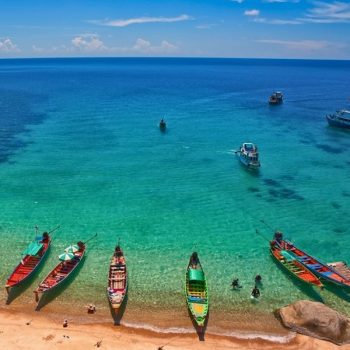
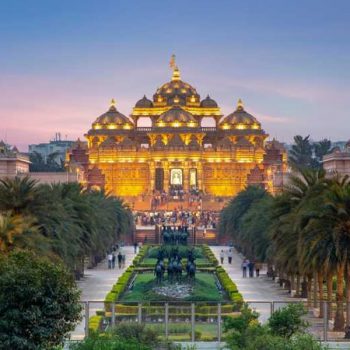
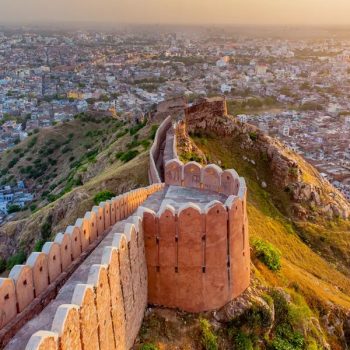
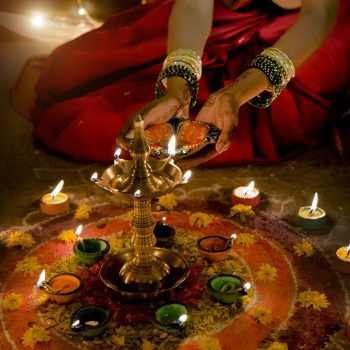
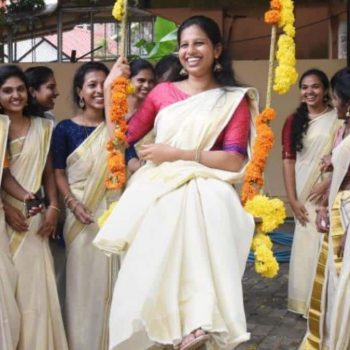
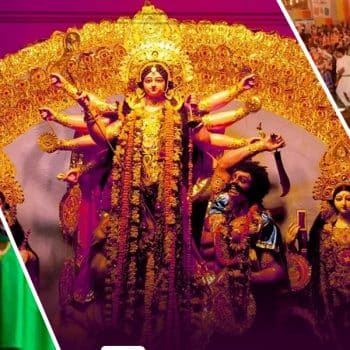
No comments
No comments were posted yet.